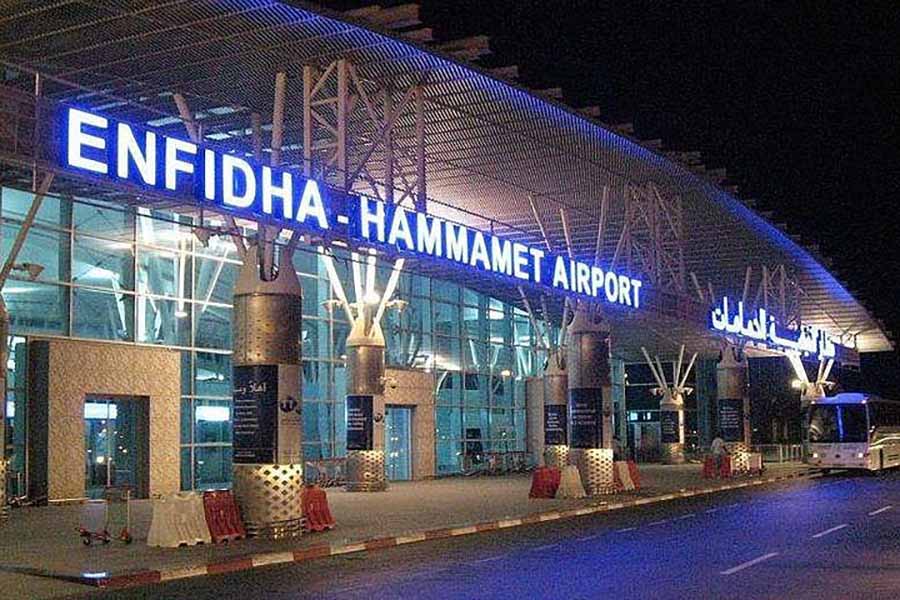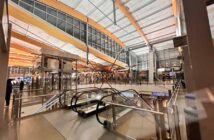
A Traveller’s Guide to Enfidha-Hammamet International AirportEnfidha-Hammamet International Airport, or NBE, offers a modern and manageable experience for travellers exploring Tunisia’s Sahel region.
The passenger experience at NBE, handling around 2.5 million passengers annually across 16 destinations, is shaped by its single, 130,000-square-metre terminal, opened in 2009 and operated by TAV Airports. Serving primarily European carriers like easyJet, Luxair, Neos, and TUI fly Belgium, the airport connects to cities such as London, Brussels, and Manchester, with no domestic flights. The terminal’s sleek design, with a 90-metre traffic control tower and clear signage, ensures easy navigation, though peak summer months can feel busy due to its focus on tourist traffic. Local touches like Tunisian mosaics add a cultural flair to the journey.
Accessing the airport from Hammamet, 40 kilometres away, or Sousse, 35 kilometres away, is straightforward. Platanus shuttle buses, timed to flight arrivals, reach Hammamet in 50 minutes and Sousse in 40 minutes for £7-£11, bookable online via hoppa.com. Public buses to Enfidha town, 8 kilometres away, cost £1.50 but run infrequently.
Taxis, available outside arrivals, cost £20-£30 to Hammamet, with pre-booked private transfers offering convenience. Car rental agencies like Avis and Sixt are in the arrivals hall, and a 500-space car park charges £1.90 per hour, with no advance booking required. The nearby Enfidha Railway Station, 3 kilometres away, connects to Tunis and Sousse via a £3 taxi ride.
The airport’s layout features a single terminal with three levels: arrivals on the ground floor, departures and check-in with 20 desks on the first floor, and 16 gates (A1-A16) on the second floor.
Security and passport control are centrally located, with Schengen flights bypassing immigration. The compact design minimises walking distances, though bus transfers to aircraft are common. Recent reviews note limited seating and ongoing maintenance may cause minor disruptions. Self-check-in kiosks streamline the process, but online check-in is unavailable, requiring in-person boarding pass collection.
Delays are most common in July and August, with multiple flights landing simultaneously, leading to long queues at security and passport control, sometimes taking up to two hours. Summer storms and slow baggage handling, particularly for international arrivals, can further delay travellers. Arriving three hours early is advised, with flight status updates available via Flightradar24 or airport screens. Additional security checks for UK-bound flights, including secondary gate screenings, may require extra time.
Dining options are limited, with one main café on the airside serving Tunisian dishes, sandwiches, and coffee, though prices are high, with a coffee and snack costing £8-£10. No water fountains are available, and most outlets close by midnight, leaving vending machines for late-night travellers. Retail includes a duty-free shop by Heinemann, open 5 am. to midnight, offering perfumes, alcohol, and Tunisian souvenirs like dates, alongside a small newsstand. Local currency is not accepted airside, requiring card payments with a £20 minimum spend in some shops, so exchanging dinars before security is recommended.
Facilities cater to essential needs, with free Wi-Fi available via “Enfidha Airport Free WiFi,” though the signal is weak and requires registration. Charging stations are scarce, so portable chargers are useful. The Primeclass Lounge, open 24/7 for £25, offers snacks, Wi-Fi, and a kids’ room. Accessibility features include ramps, lifts, and wheelchair assistance, bookable 48 hours in advance. A health control office and lost-and-found desk, operated by police, are in arrivals, and major banks provide ATMs and currency exchange in both halls. Designated smoking areas are outside the terminal, and no on-site hotels exist, with options like Novotel Hammamet 40 kilometres away.
On-time performance is generally reliable, supported by a 3,300-metre runway, though peak congestion and multiple security checks can cause delays. Connections within the single terminal are quick, taking 15-30 minutes for international-to-international transfers, though non-Schengen passengers face passport control, adding up to 45 minutes. A minimum two-hour layover is advised for self-transfers.
Enfidha-Hammamet International Airport blends modern amenities with a focus on tourist travel, offering a practical experience for visitors to Tunisia’s coastal resorts. Its accessibility and ongoing sustainability efforts, including Airport Carbon Accreditation, make it a convenient hub for exploring Hammamet and beyond.



